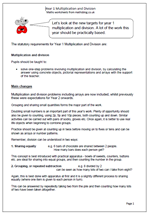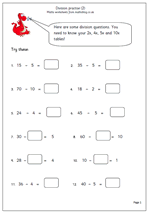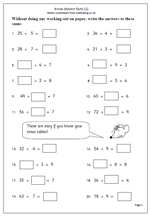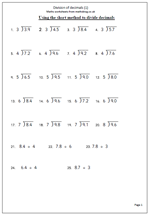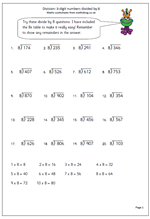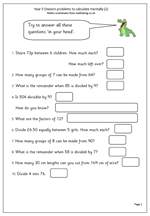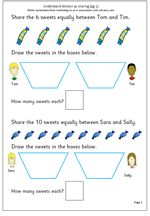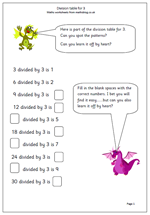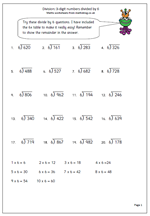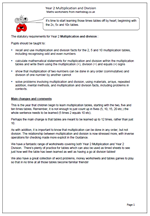 Year 2 Multiplication and Division
Year 2 Multiplication and Division
It’s time to start learning those times tables off by heart; beginning with the 2x, 5x and 10x tables.
The statutory requirements for Year 2 Multiplication and division :
Pupils should be taught to:
- recall and use multiplication and division facts for the 2, 5 and 10 multiplication tables, including recognising odd and even numbers
- calculate mathematical statements for multiplication and division within the multiplication tables and write them using the multiplication (×), division (÷) and equals (=) signs
- show that multiplication of two numbers can be done in any order (commutative) and division of one number by another cannot
- solve problems involving multiplication and division, using materials, arrays, repeated addition, mental methods, and multiplication and division facts, including problems in contexts.
Main changes and comments
This is the year that children begin to learn multiplication tables, starting with the two, five and ten times tables. Remember, it is not enough to just count up in fives (5, 10, 15, 20 etc.) the whole sentence needs to be learned (5 times 2 equals 10 etc).
Perhaps the main change is that tables are meant to be learned up to 12 times, rather than just 10.
As with addition, it is important to know that multiplication can be done in any order, but not division. The relationship between multiplication and division is now stressed more, with inverse operations for checking made more explicit in the Guidance.
